|
Have you ever wondered where Loofah (also spelled Luffa) comes from? Loofah is a tropical gourd, in the cucumber family. It is also called the dishcloth gourd, and is a unique and versatile plant. I thought it might be cool to make soap with it, so I decided to try growing some this year. The growing cycle is long, about four months, and it grows best in warmer climates. This would be a challenge, but I was not discouraged. I found some seeds on Local Harvest.com, and purchased from a lady in the North east (Rhode island). My thought was, if she can do it in the north, so can I here in southern Ohio. To improve my chances, I planted several seeds in pots around February/March and started them inside. By late April, the plants were growing well and ready to plant. I planted them and several hills of seeds along a 32 foot span of metal fencing panel. After they got started, they grew like wild. To keep them from taking over the garden, I kept wrapping the vines over the fencing to keep it off the ground. The vines were covered with large, bright yellow flowers, and the honey bees LOVED them. Eventually, gourds began to slowly appear. As they grew, I was amazed by the size and length. Some were long and straight, and some were curly. Once they started, they kept coming. Now, there's probably at least 100 on the vines. I think I planted a few more than I need. I've read the young vegetables can be cooked and eaten, but so far I haven't tried it. I also watched a video of a girl peeling the young green skin and blending it up with honey into a facial mask. The goal for sponges is to leave the fruit on the vine as long as possible, until they turn brown and become light and dry. As usual, I was anxious (impatient) and picked one while it was still green. It layed around in the garage for ages, and finally started to turn brown. Unfortunately it got moldy and had to be thrown away. Finally, this week I'm starting to find some that are dry. The gourd felt very light, and the skin was loose, thin, and crinkly like paper. Once peeled, the fibrous sponge is inside. Inside each Loofa are many seeds. If the sponge is dry, they can be shaken out easily into a bucket. I'll be saving these, so if anyone wants some, let me know. The next step is to clean the sponge. Each one was rinsed thoroughly to remove any pulp, leftover seeds and mildew. Finally, I soaked them for several hours in a bleach solution. You can see more seeds were washed out as I scrubbed them. After a good soak, they were rinsed again with cool clean water. The final result...clean natural sponges, One or two of these will be used in my next soap. I'm also going to try it in the kitchen as a pot scrubber, and in the shower.
If you would like to use one of these in the shower or the kitchen, remember, as with any sponge, to allow it to dry between uses and keep it sanitary. It should be changed frequently, and periodically can be heated up in the microwave or soaked in a bleach solution to eliminate bacteria. And that is where Loofa comes from!
1 Comment
12/9/2016 11:12:00 am
I grew these in La. but having a hard time here in Ar..they just do not like the soil..may try purchased next spring.
Reply
Leave a Reply. |
AuthorMy name is Christy Franklin. Archives
February 2021
Categories |
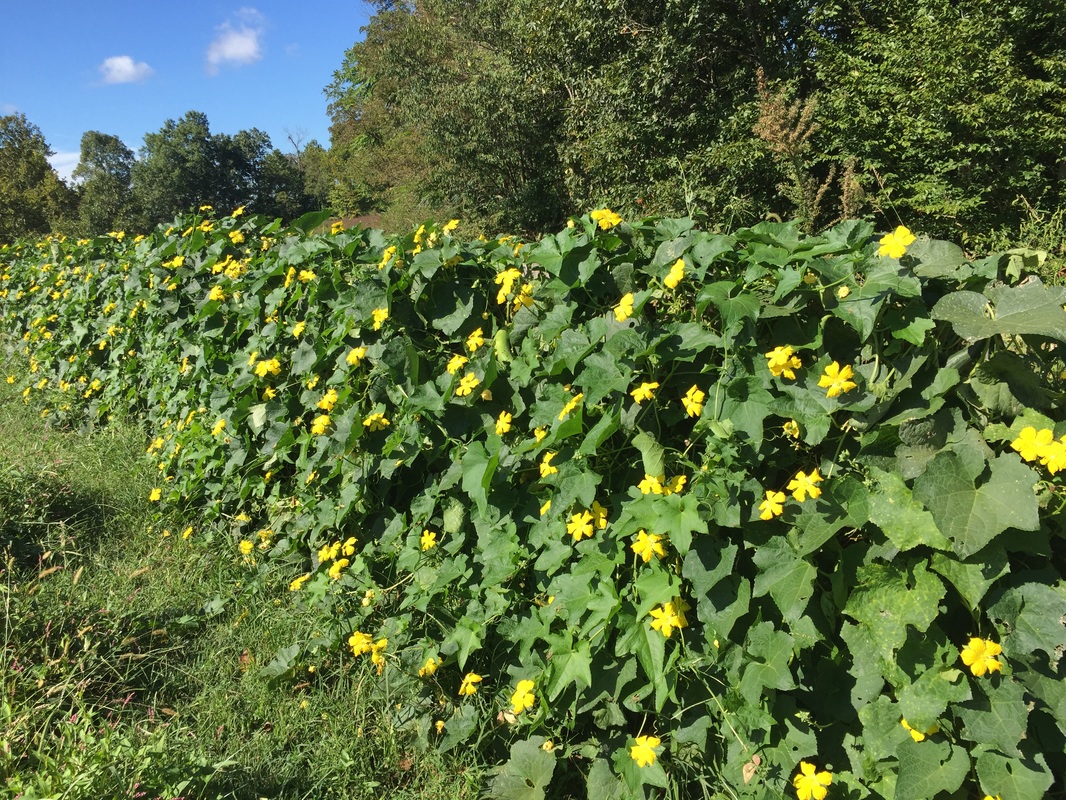
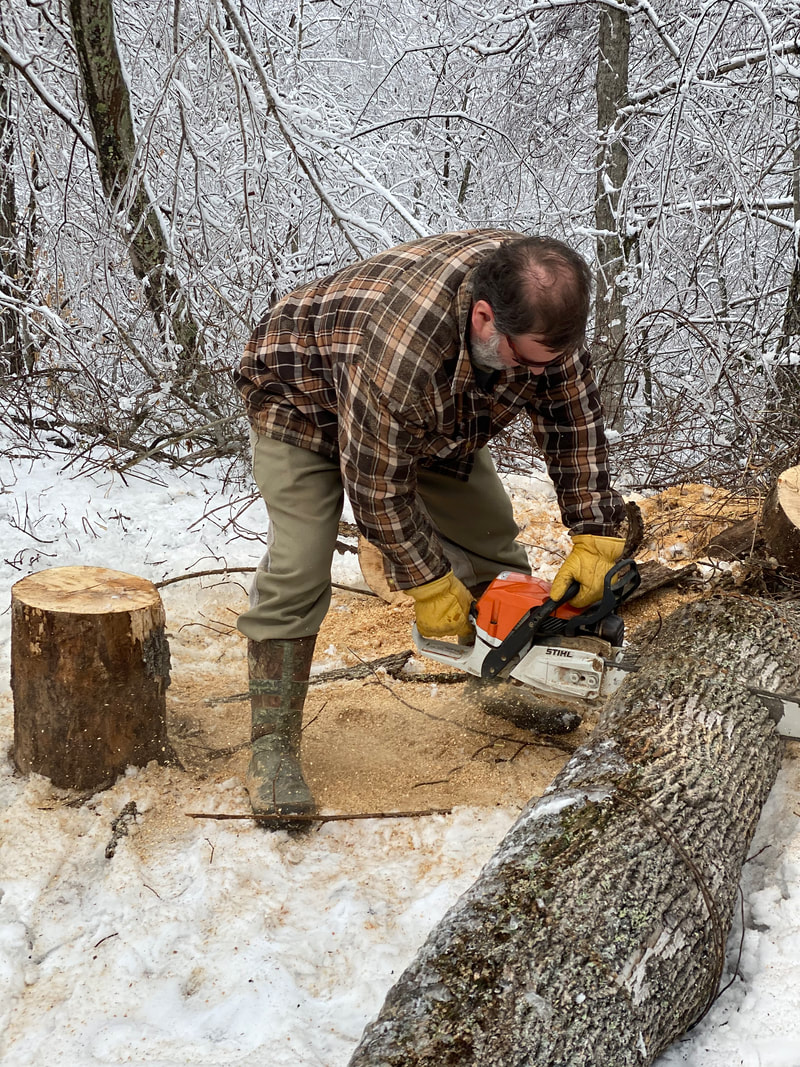
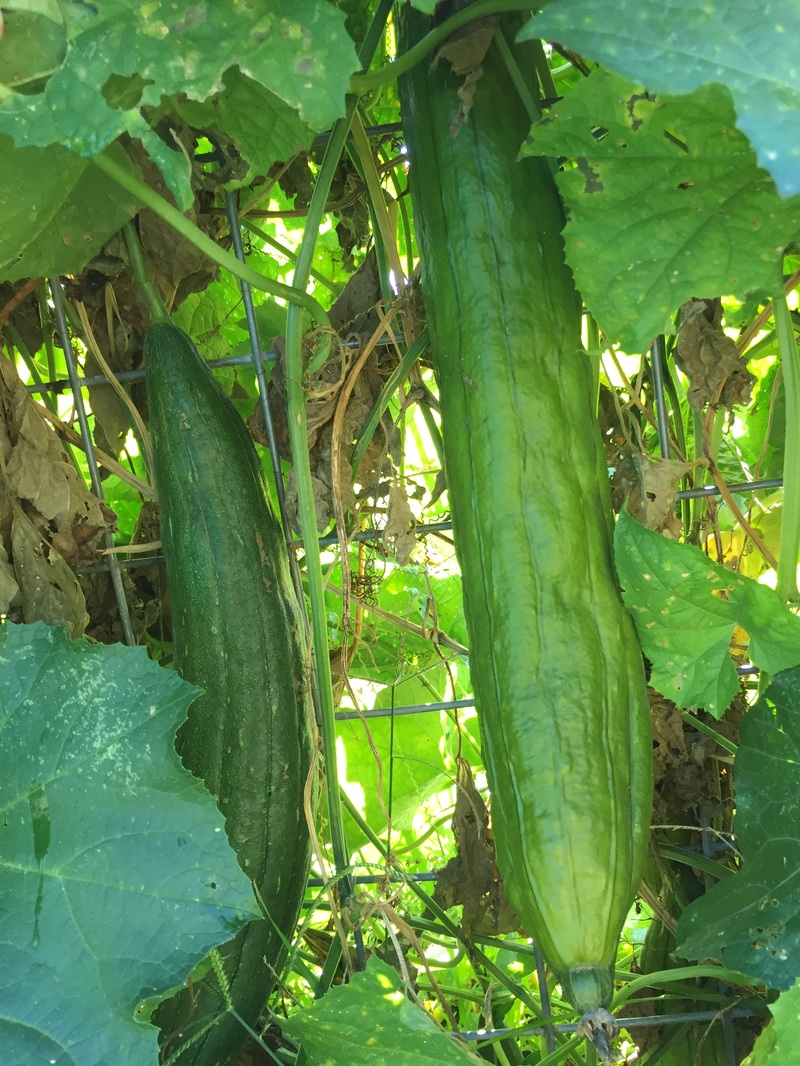
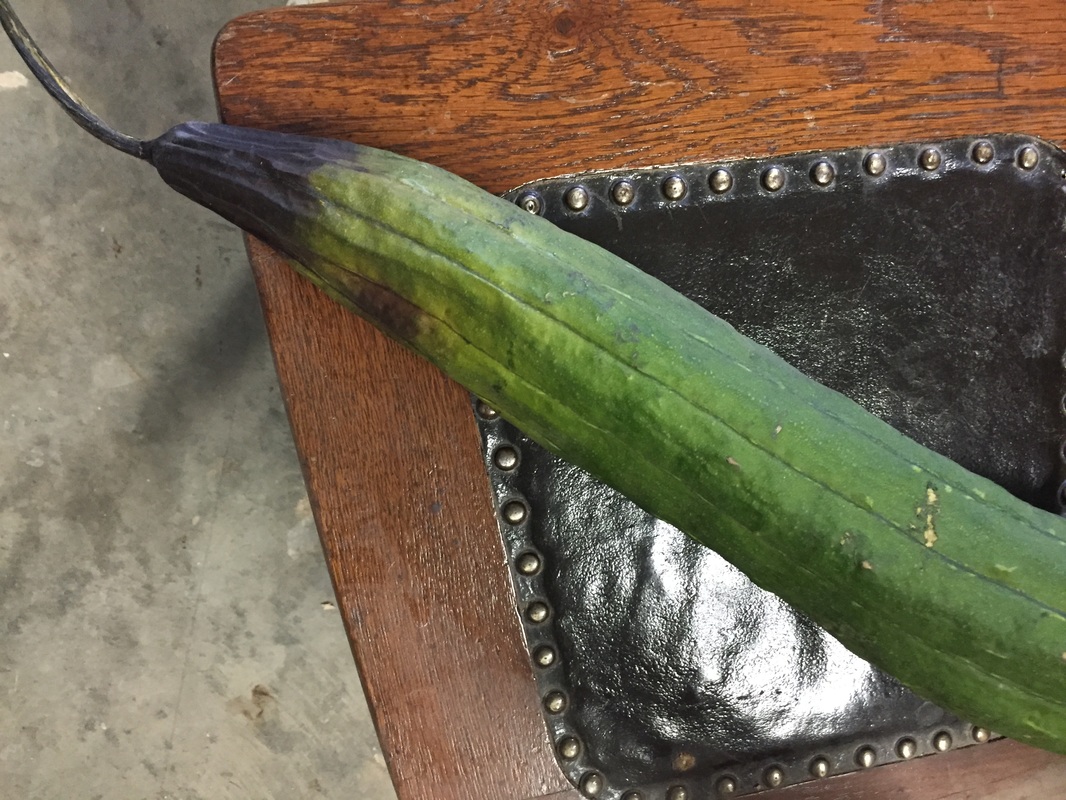
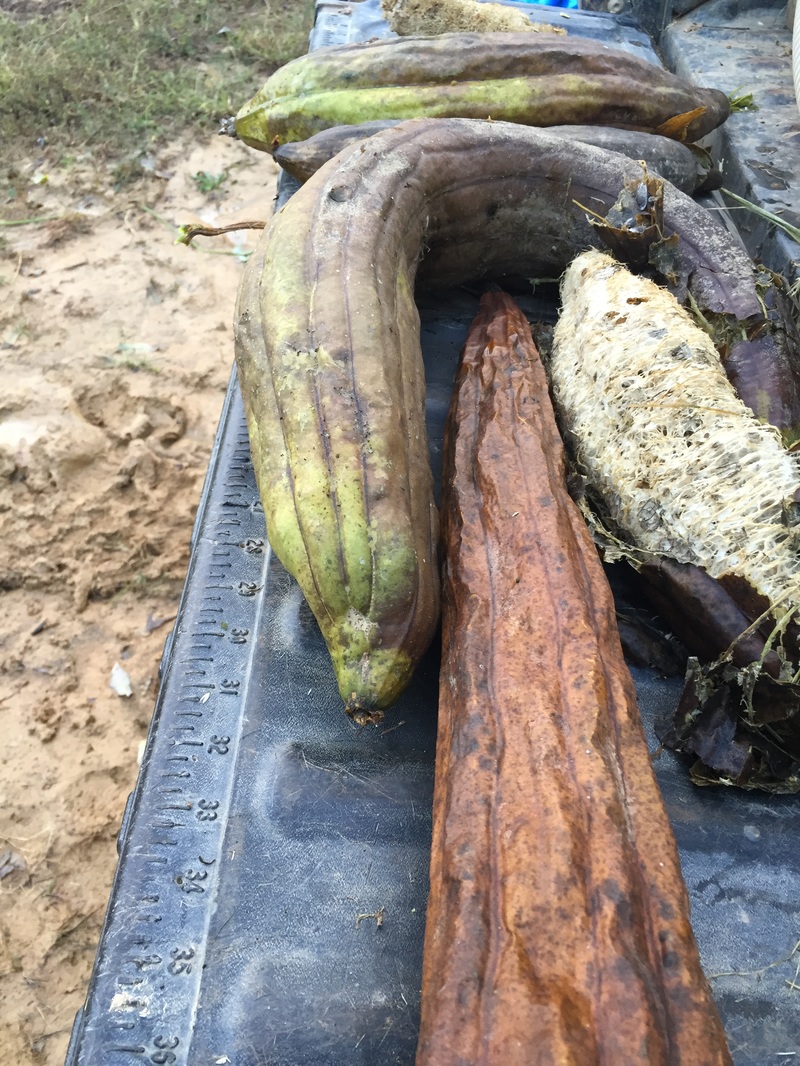
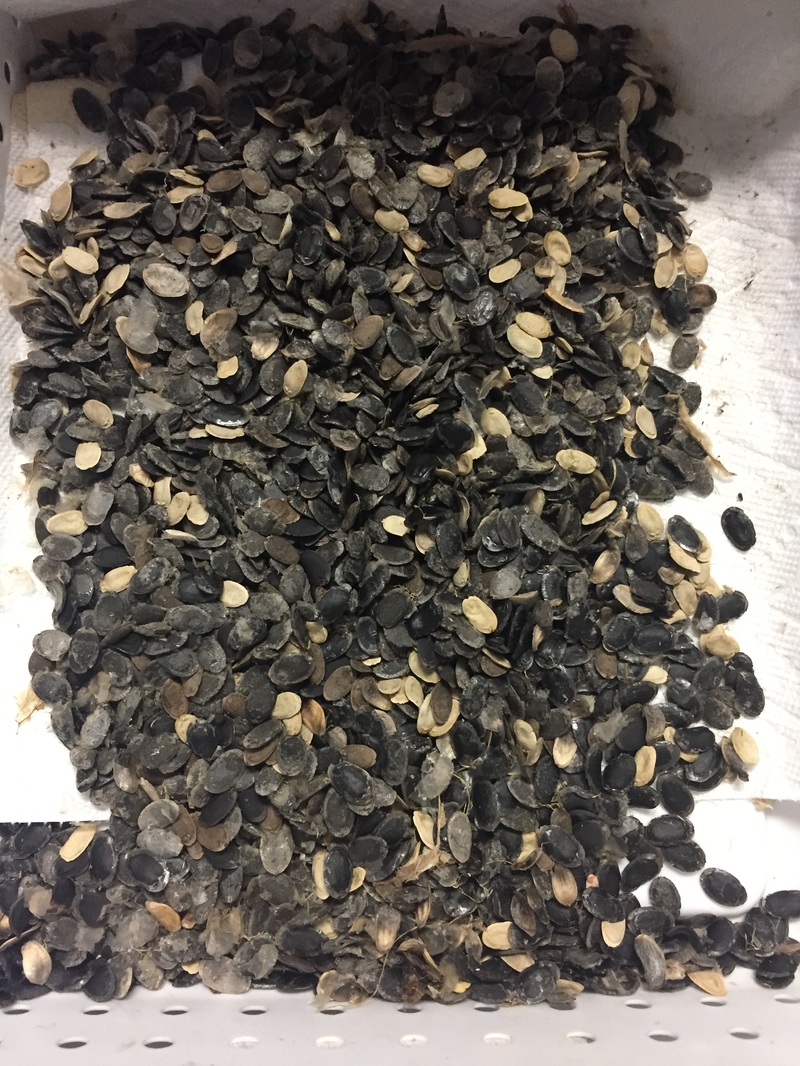
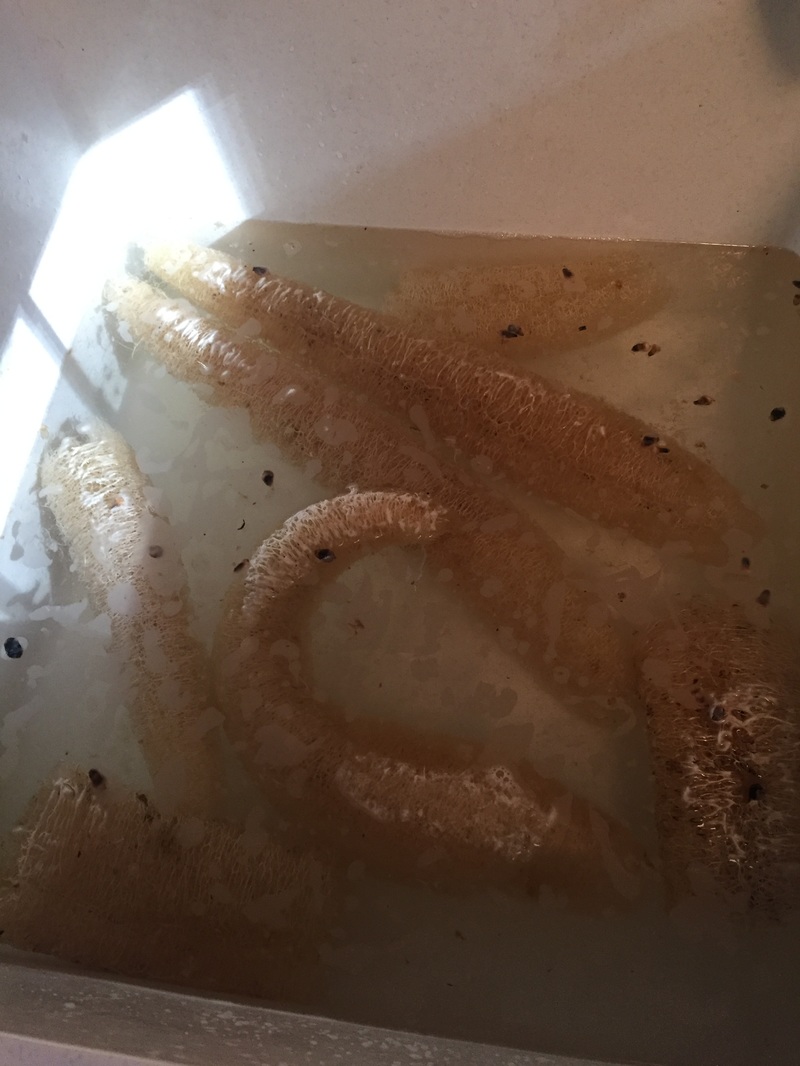
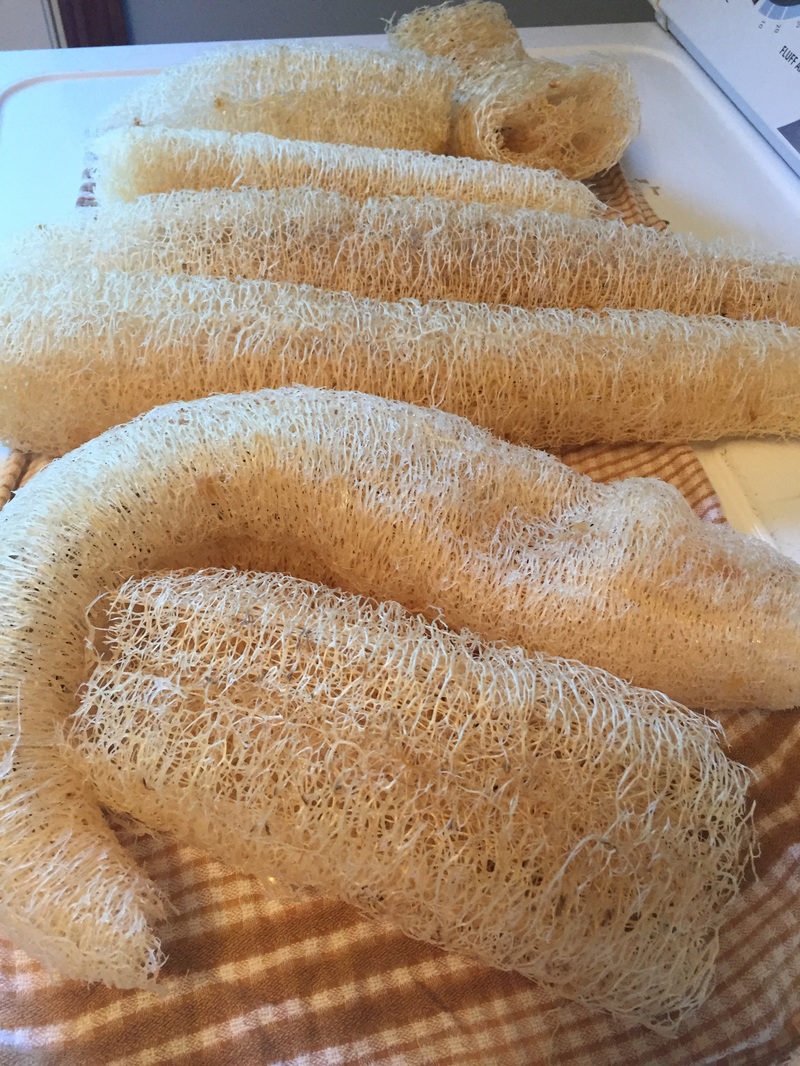
 RSS Feed
RSS Feed
